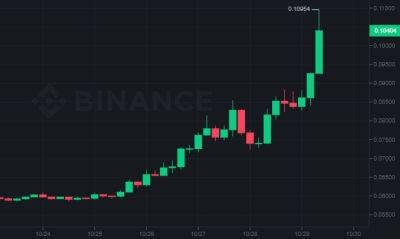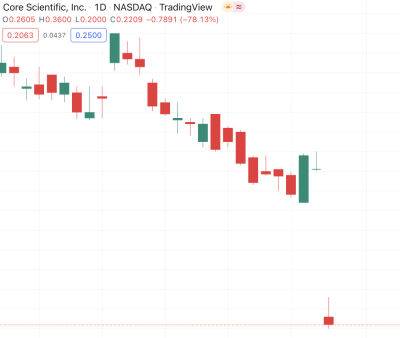Low hash price, soaring energy costs spell tough Q3 for Bitcoin miners
Energy problems in North America and Europe and prevailing market conditions have spelled another bleak quarter for Bitcoin (BTC) mining operators on both continents.
The latest Q3 mining report from Hashrate Index has highlighted several factors that have led to a significantly lower hash price and higher cost to produce 1 BTC.
Hash price is the measurement used by the industry to determine the market value per unit of hashing power. This is measured by dividing the dollar per terahash per second per day and is influenced by changes in mining difficulty and the price of BTC.
As Hashrate Index reports, Bitcoin’s hash price was afforded some reprieve in the middle of Q3 as heat waves during the American summer led to a drop in hashrate, which corresponded with a slight BTC price recovery.
However the price of Bitcoin dropped below $20,000 once again and hashrates climbed to new all time highs in September, leading to the hash price slipping closer to all-time lows.
Miner profit margins were further threatened by rising energy costs in North America and Europe. The latter has been particularly hard hit by a ‘combination of mis-managed renewable energy policies, under investment in oil and gas, nuclear plant decomissionings, and Russia’s war with Ukraine' which have sent energy prices sky-high.
Related: Top 3 reasons why Bitcoin hash rate continues to attain new all-time highs
American miners have had to contend with the average cost of industrial electricity increasing 25% from $75.20 a megawatt hour to $94.30 per megawatt hour from July 2021 to July 2022. This has also had an effect on hosting service providers that are increasing their power prices in hosting contracts.
As hash price has dropped, some mining operators with
Read more on cointelegraph.com





















